South of the Sahara, and just north of the Great Rift Valley in landlocked Ethiopia, the Blue Nile flows from Lake Tana, the largest lake in the country. Radiating out from the sacred source is a scattering of forest islands, strewn across the dry highlands like a handful of emeralds. At the heart of each circle of forest, hunkered down under the ancient canopy and wrapped in lush vegetation, are saucer-shaped churches – otherworldly structures that almost seem to emit a life force. And in a sense they do.
Ethiopia is one of the fastest expanding economies in the world today and the second most populous country in Africa. The vast majority of people live in rural areas, where the expansion of settlements and agriculture is slowly thinning the forest edge by cattle and plough.
Over the past century, 90% of Ethiopia’s forests have been lost. In Amhara province, the only remaining native forests are those that surround the Ethiopian Orthodox Tewahedo Church buildings.
Preserved as an act of faith for centuries, these forests are proof of the power of spiritual ideas to create sustainable landscapes. Seen from above, the forests are demarcated by the stark boundary between sacred and secular, church and field, work and rest. They are places detached from everyday life yet central to it, informing human work and relationships within society. Like other objects within Orthodox traditions, the forests direct the worshipper to look beyond what is visible.
Entering them, the arid silence of subsistence farmland gives way to the forest’s cool, fragrant air, filled with a cacophony of living song. The sounds of insects, birds and monkeys rise with human voices into the canopy and up to the heavens. Generations come and go under the same ancient trees as their ancestors.
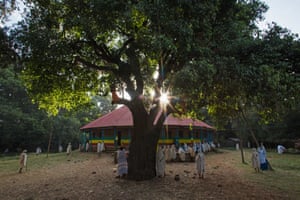

The symbol of the tree is at the heart of the Christian story, from the tree of life standing in the Garden of Eden in Genesis to its redemptive role in Revelation, bridging the river of life and bearing fruit for the healing of nations.
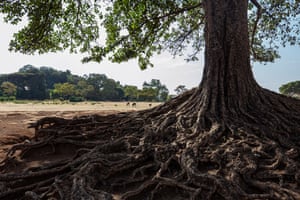
The story of Eden has been shared in Ethiopia for millennia – well before the Aksumite kingdom adopted Christianity around 325AD, and even before a tree came to symbolise the global faith. Today, in Ethiopia, each church forest is seen by its guardians as a miniature Garden of Eden.
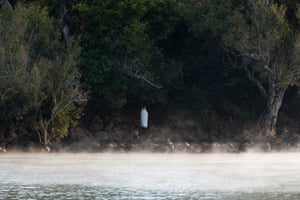
The religious significance of the forest is equalled by the importance of its ecological function. These sacred oases raise water tables, lower temperatures, block destructive winds and are home to yield-boosting pollinators essential to surrounding agriculture. The forests are, therefore, genetic repositories vital for the future survival of human life in Ethiopia. Priests who do not protect these natural resources are deemed to have failed in their mission, and since understanding the global importance of the forests they care for, the priests have become even more committed to the cause.
The vast church forest network, covering an area the size of England and Wales, has the potential to offer a significant barrier to desertification in this region. For now the task is to strengthen what remains by the simplest solution possible: building conservation walls around the forests that keep grazing cattle out and allow vegetation to regrow. Only 20 churches, all supported by church forest experts Dr Meg Lowman and Dr Alemayehu Wassie Eshete, have walls, and only a few hundred out of the many thousands are viable habitats. All need protecting.
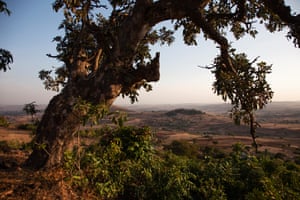
Yet, as unique as they are, these forest churches are not merely a localised cultural novelty: Ethiopia’s grassroots and spiritually motivated conservation efforts sit within a global context of efforts to resolve our ecological crises.
In the secular west, we can easily overlook spiritual viewpoints as we seek ways to restore and protect the environment, despite the roots of the modern environmental movement being spiritual. As these photographs show, spiritual beliefs still have the power to conserve and heal.
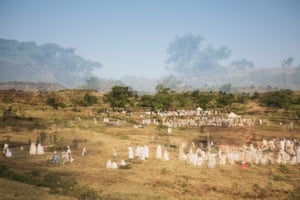
The Church Forests of Ethiopia, by Kieran Dodds, is available from 15 November.